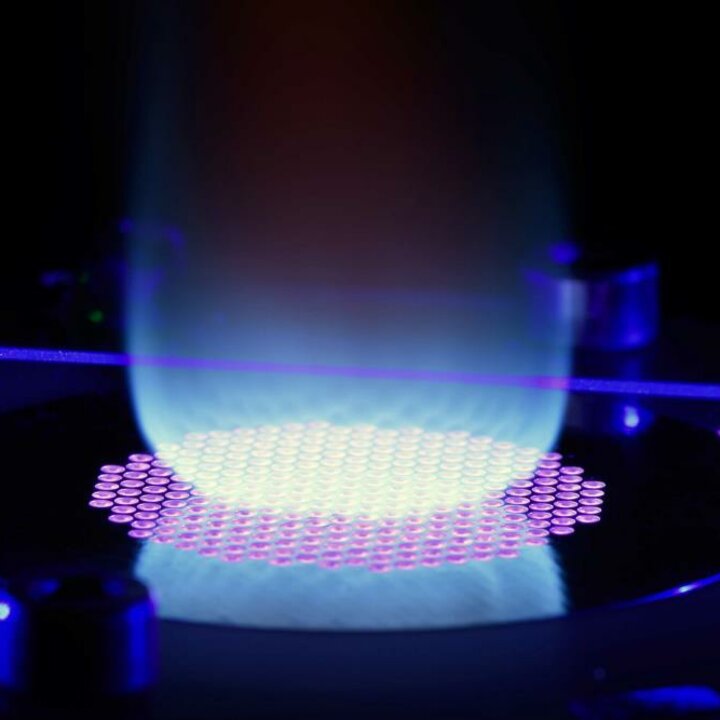
The burning of fossil fuels dominates global energy consumption but is also the dominant contribution to greenhouse gas emissions. Therefore, any small improvement in combustion processes can have major implications on climate change and air pollution. One important way to make combustion processes more efficient and environmentally friendly is to burn leaner (lower fuel-to-air ratio) and to add low-carbon and/or renewably produced fuels like hydrogen. Plasma assisted combustion promises to use the unique properties of cold plasma to make combustion leaner and cleaner. Many groups have shown that plasmas can improve ignition and lean burning of flames, but poor understanding of the underlying principles up to now has prevented the development of realistic burner configurations. We investigate a new plasma assisted burner geometry, that is promising for applications, and that allows thorough experimental and theoretical investigations of the basic mechanisms. The fundamental challenge lies in the complex physics and chemistry of plasmas and flames and in the many scales in space and time.
We combine state-of-the-art plasma and flame diagnostics with advanced plasma and flame modelling to understand how plasma interacts with a flame, and how to make this interaction the most efficient. The investigations will teach us which plasma-created species actually do help the ignition and burning of a lean flame and how the plasma-flame interaction can be optimized.
The burning of fossil fuels dominates global energy consumption but is also the dominant contribution to greenhouse gas emissions. Therefore, any small improvement in combustion processes can have major implications on climate change and air pollution. One important way to make combustion processes more efficient and environmentally friendly is to burn leaner (lower fuel-to-air ratio) and to add low-carbon and/or renewably produced fuels like hydrogen. Plasma assisted combustion promises to use the unique properties of cold plasma to make combustion leaner and cleaner. Many groups have shown that plasmas can improve ignition and lean burning of flames, but poor understanding of the underlying principles up to now has prevented the development of realistic burner configurations. We investigate a new plasma assisted burner geometry, that is promising for applications, and that allows thorough experimental and theoretical investigations of the basic mechanisms. The fundamental challenge lies in the complex physics and chemistry of plasmas and flames and in the many scales in space and time.
We combine state-of-the-art plasma and flame diagnostics with advanced plasma and flame modelling to understand how plasma interacts with a flame, and how to make this interaction the most efficient. The investigations will teach us which plasma-created species actually do help the ignition and burning of a lean flame and how the plasma-flame interaction can be optimized.
